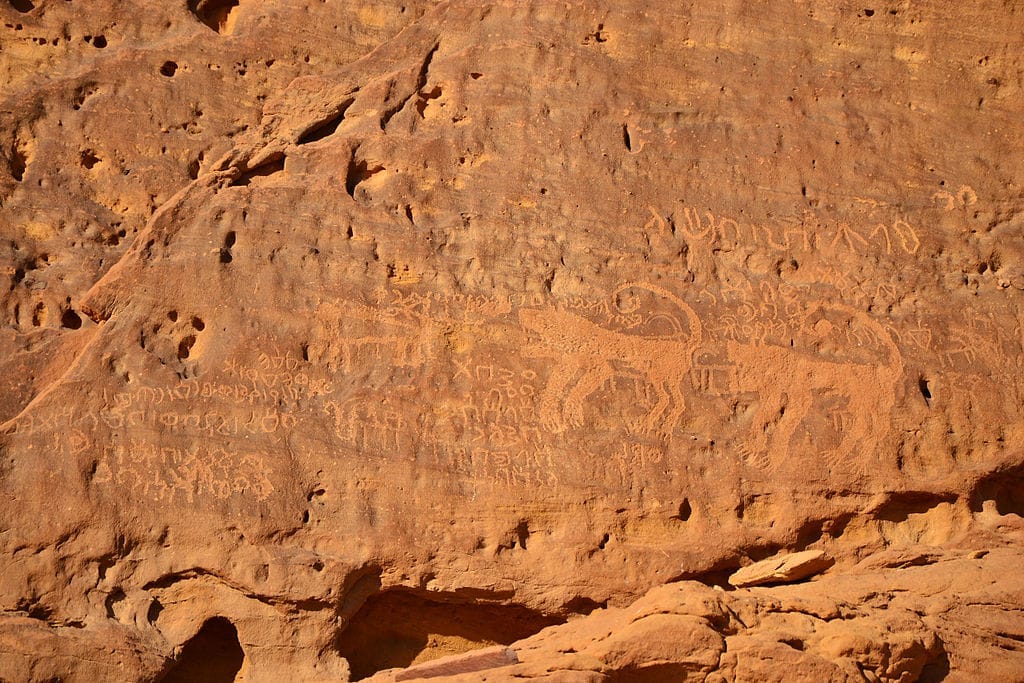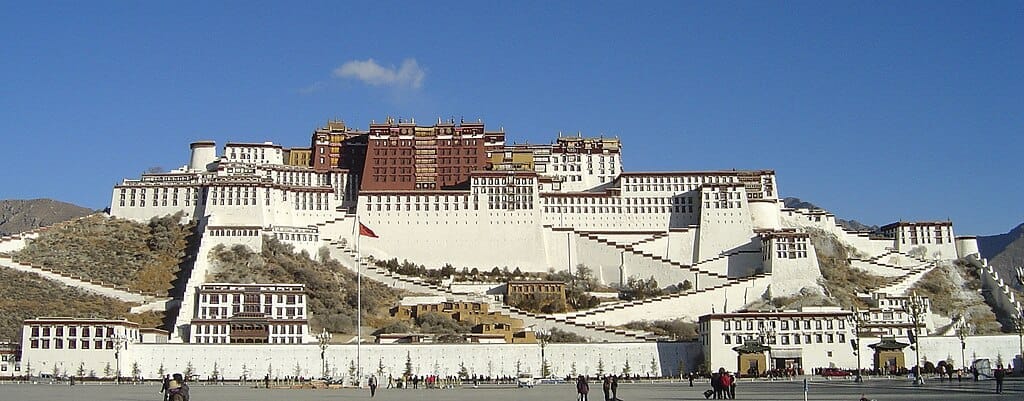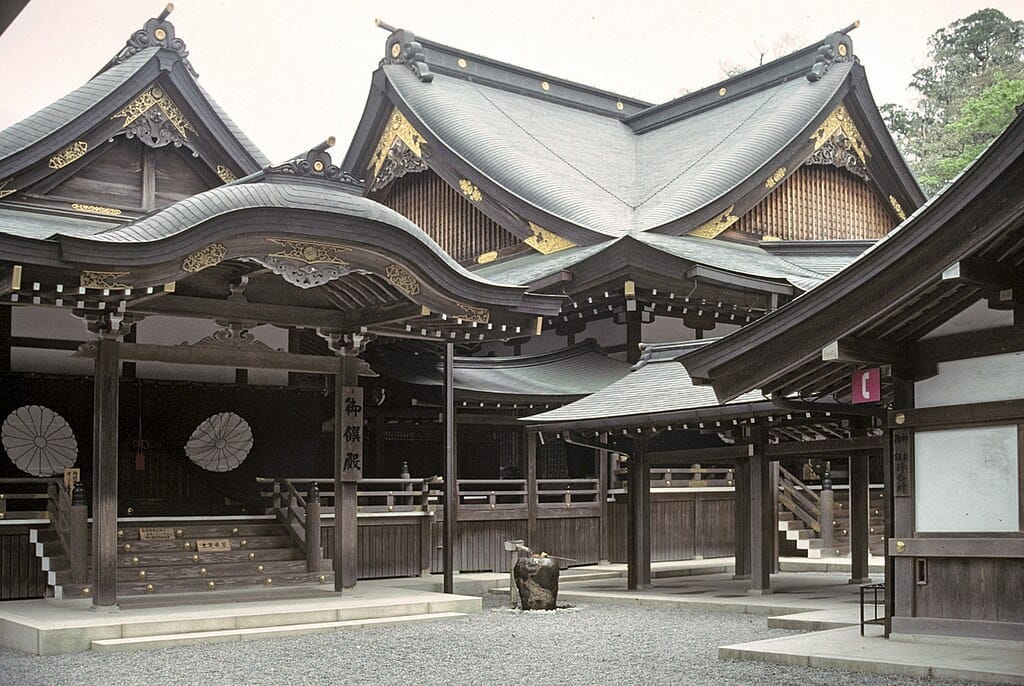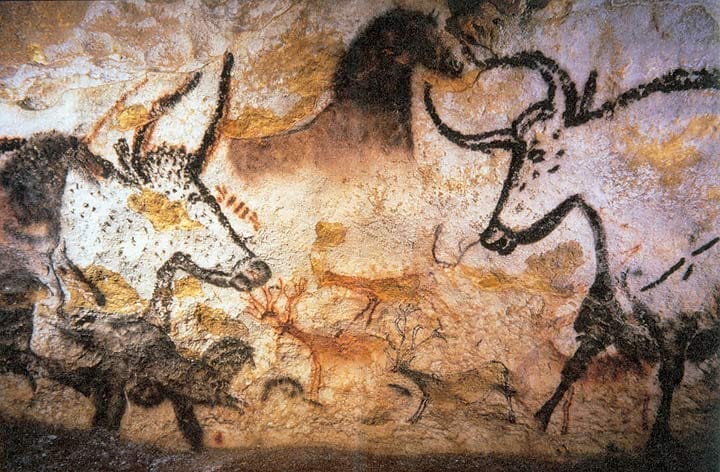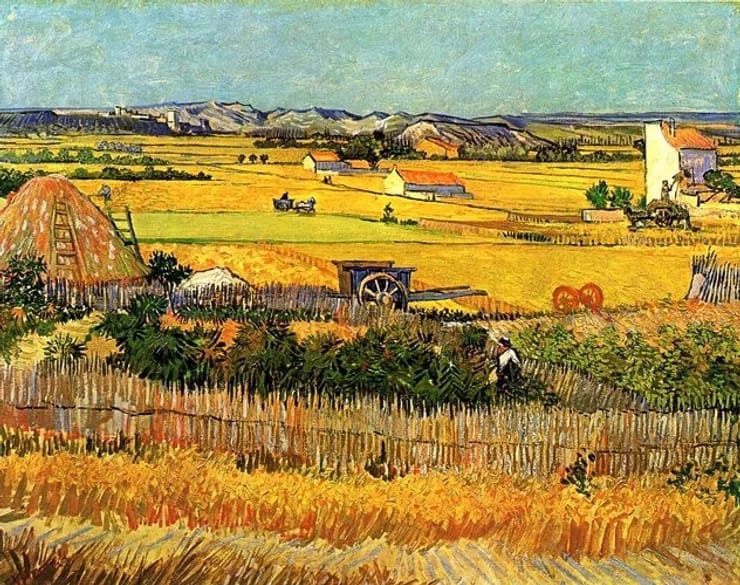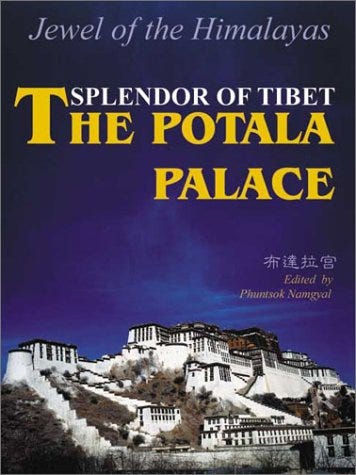The Allure of the World's Forbidden Places
From hidden archives to uncontacted islands, these forbidden places guard secrets so profound they could rewrite history if only we could get inside.
The Allure of the World's Forbidden Places
Imagine standing before a towering, ancient structure, knowing the secrets it holds have been untouched by the outside world for centuries. It’s a mix of wonder and frustration—the knowledge that no amount of planning or adventure will grant access to these forbidden cities and cultural sites. These places are off-limits, guarded by history, politics, or nature, leaving us to piece together their mysteries from afar. Let’s dive into the stories of these hidden wonders and uncover why they’re sealed from travelers.
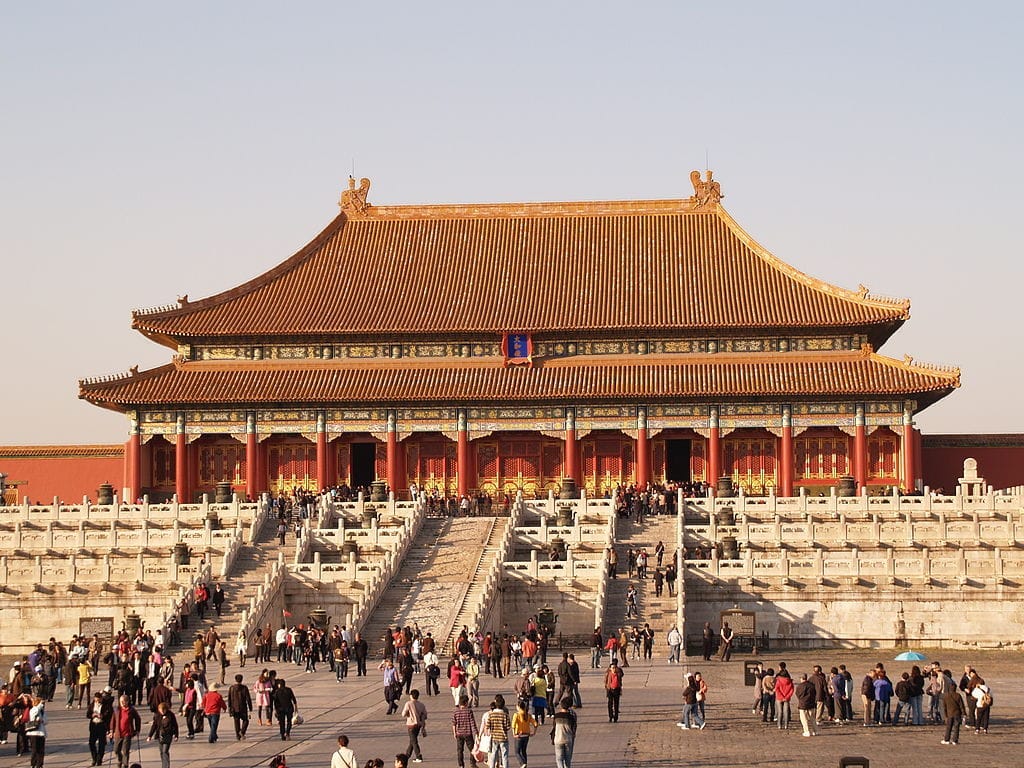
At the heart of Beijing lies the Forbidden City, an ironic name for a tourist hotspot today. But rewind to its imperial days, and it’s a different story. For nearly 500 years, this sprawling palace complex was home to Chinese emperors and their courts, strictly closed to commoners. Only select officials and eunuchs could enter, and whispers of the lavish lifestyles inside painted an almost mythical picture. Though now accessible, its name reminds us of a time when its red walls and golden roofs were truly forbidden.
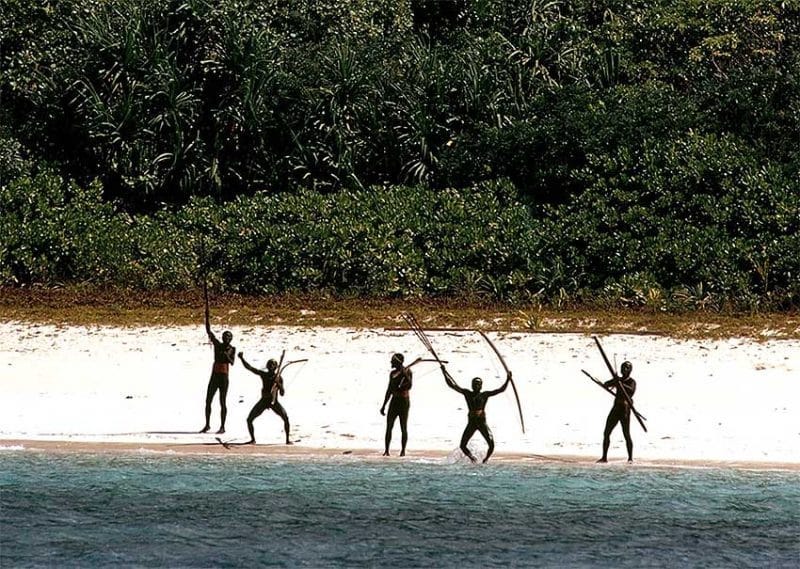
Contrast that with North Sentinel Island, where the isolation is not historical but fiercely contemporary. This island in the Bay of Bengal is home to the Sentinelese people, one of the last uncontacted tribes on Earth. Attempts to visit have ended disastrously, as the Sentinelese respond aggressively to protect their autonomy. The Indian government enforces a no-visit policy to preserve their way of life. This cultural fortress—untouched by modernity—raises a provocative question: Is leaving them alone the ultimate act of respect?
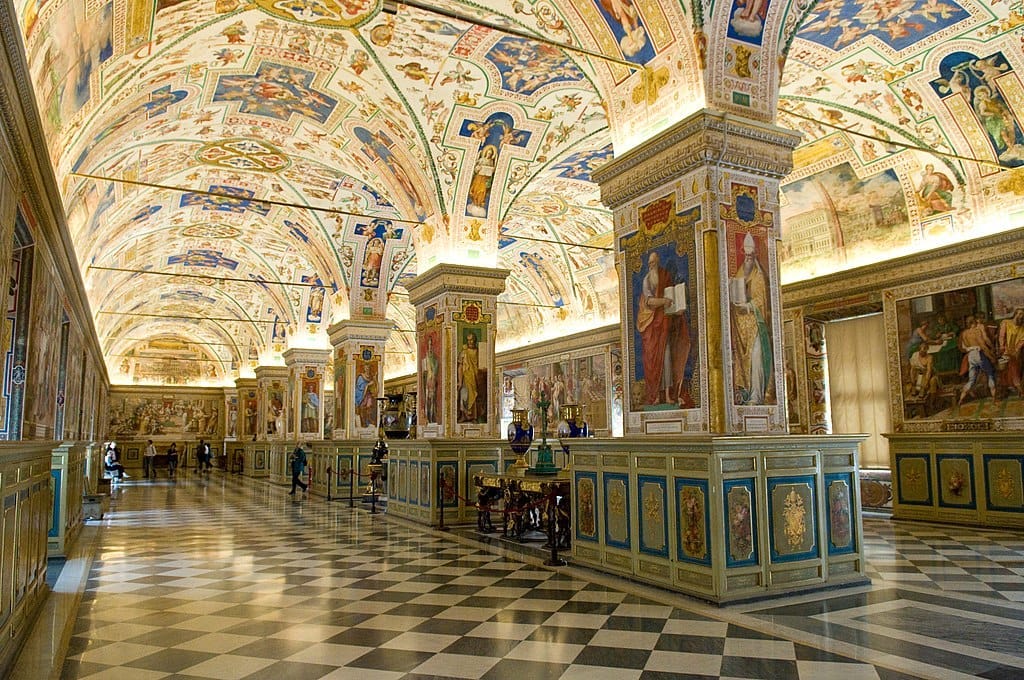
Then there’s the Vatican’s Secret Archives, a name that fuels intrigue. Despite being partially open now, most of its 53 miles of shelves remain sealed from public eyes. Housing documents like letters from Michelangelo and ancient papal decrees, the archive’s restricted access ensures that its secrets—ranging from mundane record-keeping to potential historical bombshells—stay protected. Only a handful of scholars, under strict conditions, can peer into its depths. It’s a reminder that even in a world of increasing transparency, some stories are kept under lock and key.
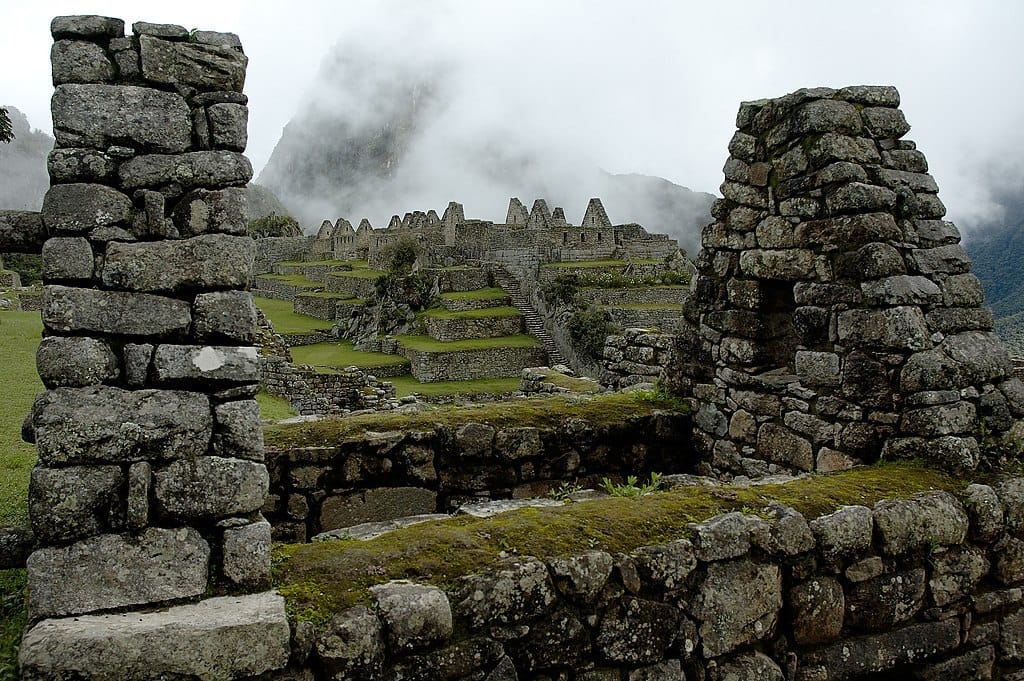
Machu Picchu’s allure lies not just in its breathtaking beauty but also in the mystery of its inaccessible sections. While the main site draws tourists, parts of the ancient Incan city are strictly off-limits to prevent damage. Sacred temples and hidden pathways remain untouched, preserving their spiritual and archaeological integrity. These restrictions make one wonder what hidden treasures might still lie undiscovered in the Andean mist.
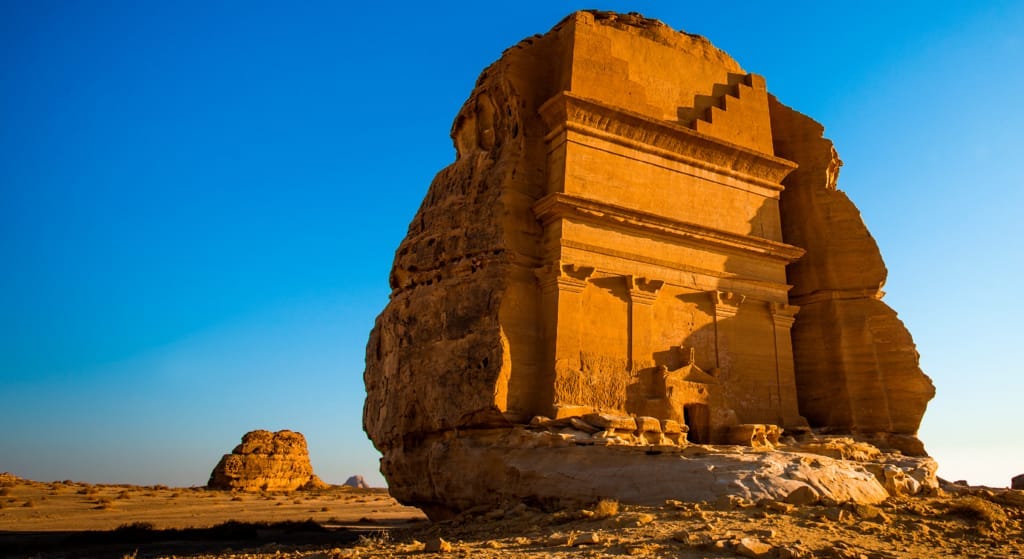
In Saudi Arabia, the ancient city of Mada’in Saleh tells a similar story of partial access. A sister city to Petra, it boasts stunning rock-cut tombs and inscriptions from the Nabataean civilization. But for decades, access was limited due to cultural sensitivities and concerns about preserving its heritage. Recent tourism initiatives have opened parts of it, yet some areas remain strictly closed, holding onto their aura of mystery.
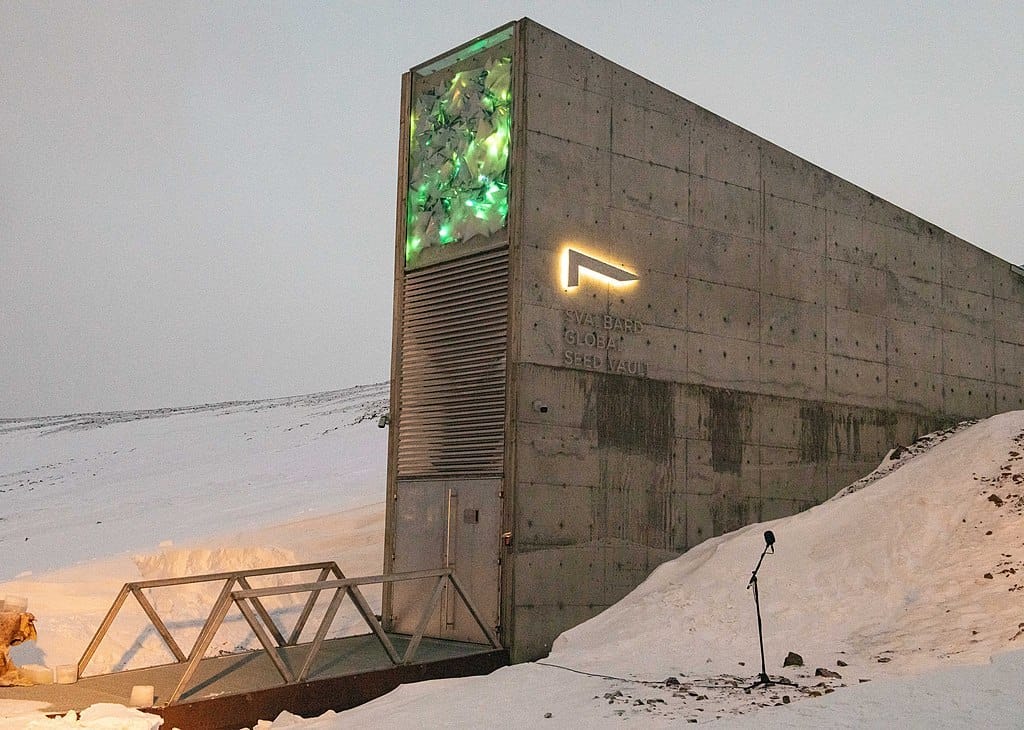
The Svalbard Global Seed Vault, often called the "Doomsday Vault," represents a different kind of forbidden city. Located in the Arctic Circle, it houses millions of seeds from around the world to safeguard biodiversity. Entry is limited to a select few scientists and caretakers. This modern fortress of life ensures humanity’s agricultural future but remains off-limits to curious travelers.
In Tibet, the Potala Palace, the former winter residence of the Dalai Lama, is a striking symbol of spirituality and Tibetan identity. While parts of the palace are open to visitors, the sacred inner sanctums—reserved for monks and ceremonies—are inaccessible. These hidden spaces enhance the palace’s mystique, a reminder that some places are meant to be revered rather than explored.
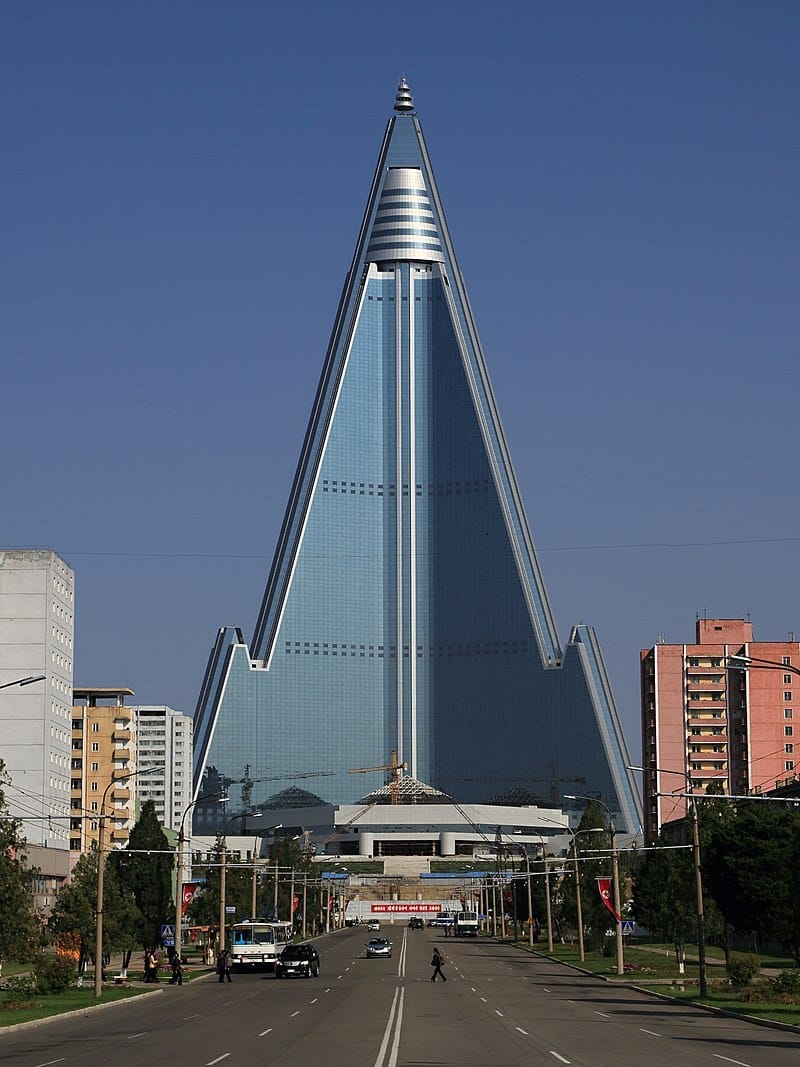
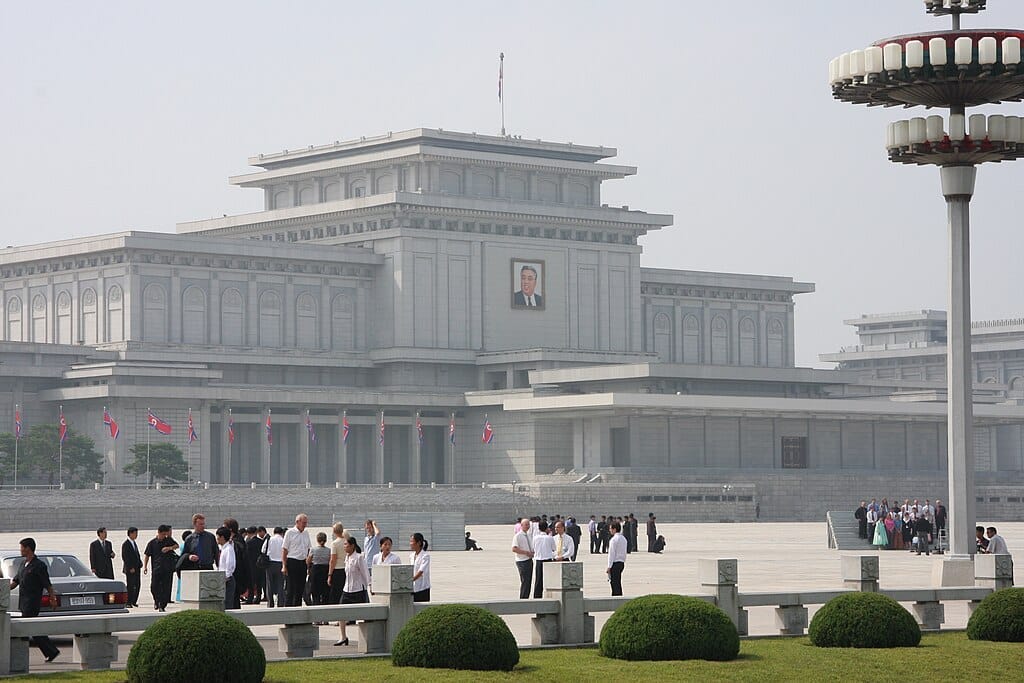
North Korea’s capital, Pyongyang, is a city of controlled access. While guided tours show select monuments and museums, large swaths of the city remain off-limits to foreigners. The Kumsusan Palace of the Sun, housing the embalmed bodies of Kim Il-sung and Kim Jong-il, exemplifies this. Only North Koreans can visit, and even then, under strict protocols. It’s a city shrouded in secrecy, mirroring the regime’s broader isolationist stance.
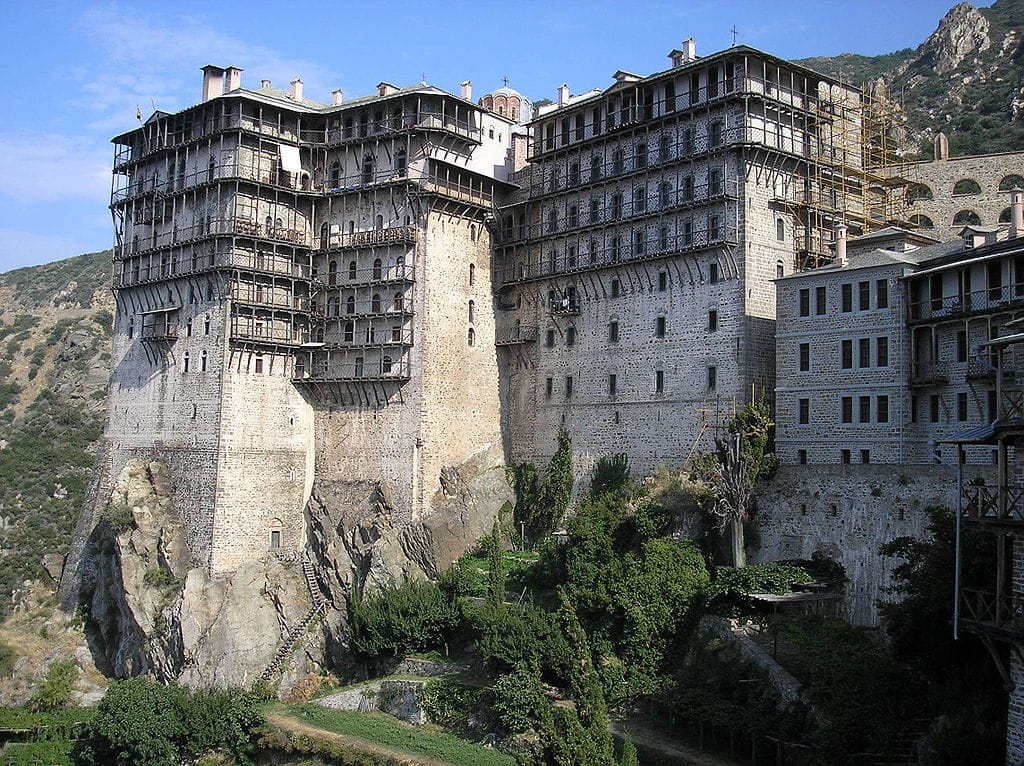
Mount Athos in Greece offers another layer of exclusivity. This monastic community bans women entirely and restricts access to a limited number of male pilgrims daily. Its ancient monasteries, perched on cliffs overlooking the Aegean Sea, hold centuries of Orthodox Christian tradition. The ban is said to maintain spiritual purity, but it’s also a stark reminder of how access can shape cultural preservation.
Meanwhile, in Japan, the Ise Grand Shrine—dedicated to the sun goddess Amaterasu—represents sacred inaccessibility. Only Shinto priests and select members of the imperial family may enter its inner sanctum. The shrine’s wooden structures are rebuilt every 20 years, embodying renewal and secrecy. For outsiders, glimpsing its rooftops through thick forest is the closest they’ll get.
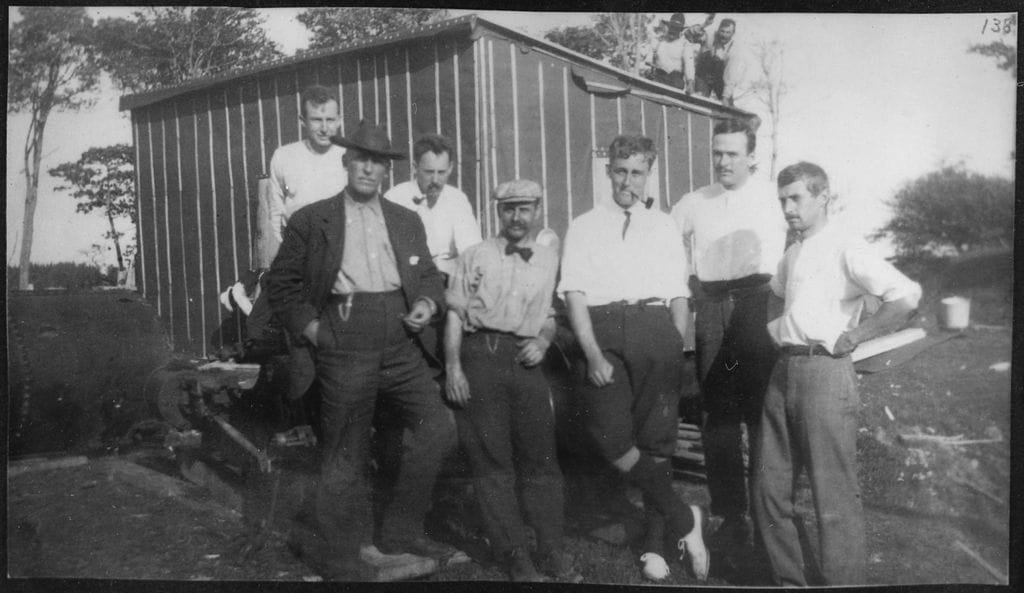
In the Americas, the Oak Island Money Pit fuels endless speculation. This site in Canada is rumored to hold buried treasure, but its access is highly restricted due to ongoing excavations and safety concerns. Despite centuries of digging, the pit remains an enigma, drawing treasure hunters and historians alike. Theories about Oak Island's artifacts range from pirate treasure to the Holy Grail or Ark of the Covenant, allegedly buried by the Knights Templar. While intriguing items dated centuries old have surfaced, no major treasure has ever been found.
The same sense of unattainable treasure surrounds Lascaux Cave in France. Famous for its Paleolithic paintings, the cave is sealed to the public to prevent damage from humidity and CO2. A replica cave offers a glimpse of the artwork, but the original remains hidden, preserving humanity’s earliest masterpieces in pristine condition.
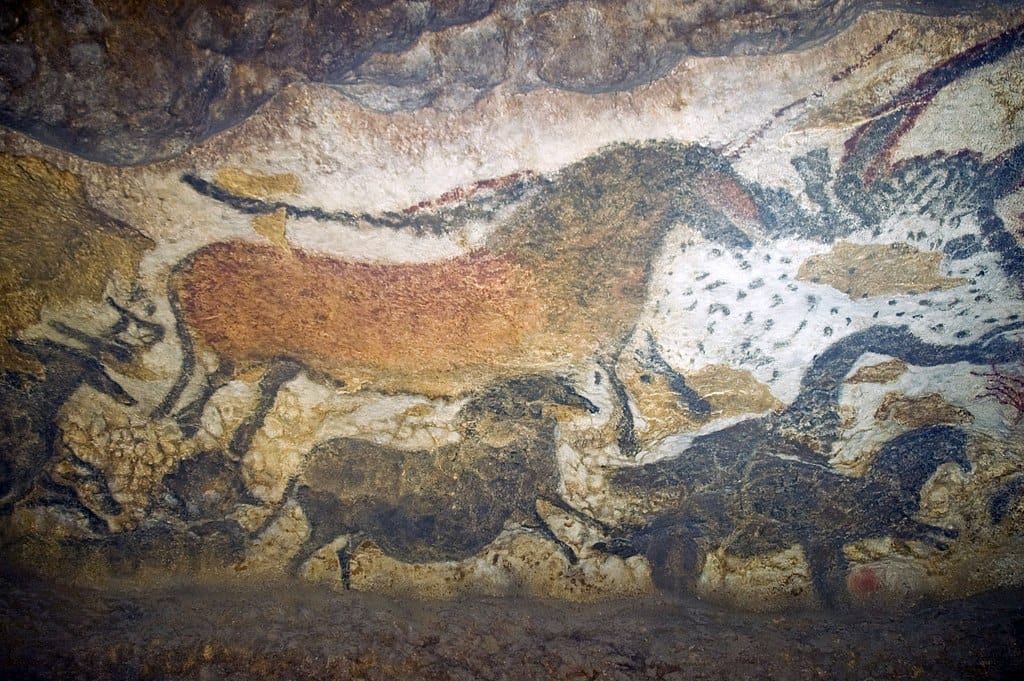
Even in the digital age, forbidden places captivate our imaginations. They’re a blend of the sacred, the secret, and the speculative. Whether shaped by cultural preservation, political restrictions, or environmental concerns, these sites remind us that some doors—no matter how tempting—are meant to remain closed. Yet their allure persists, inviting us to wonder, speculate, and dream about what lies within.
“Two roads diverged in a wood and I - I took the one less traveled by, and that has made all the difference.”
Robert Frost


